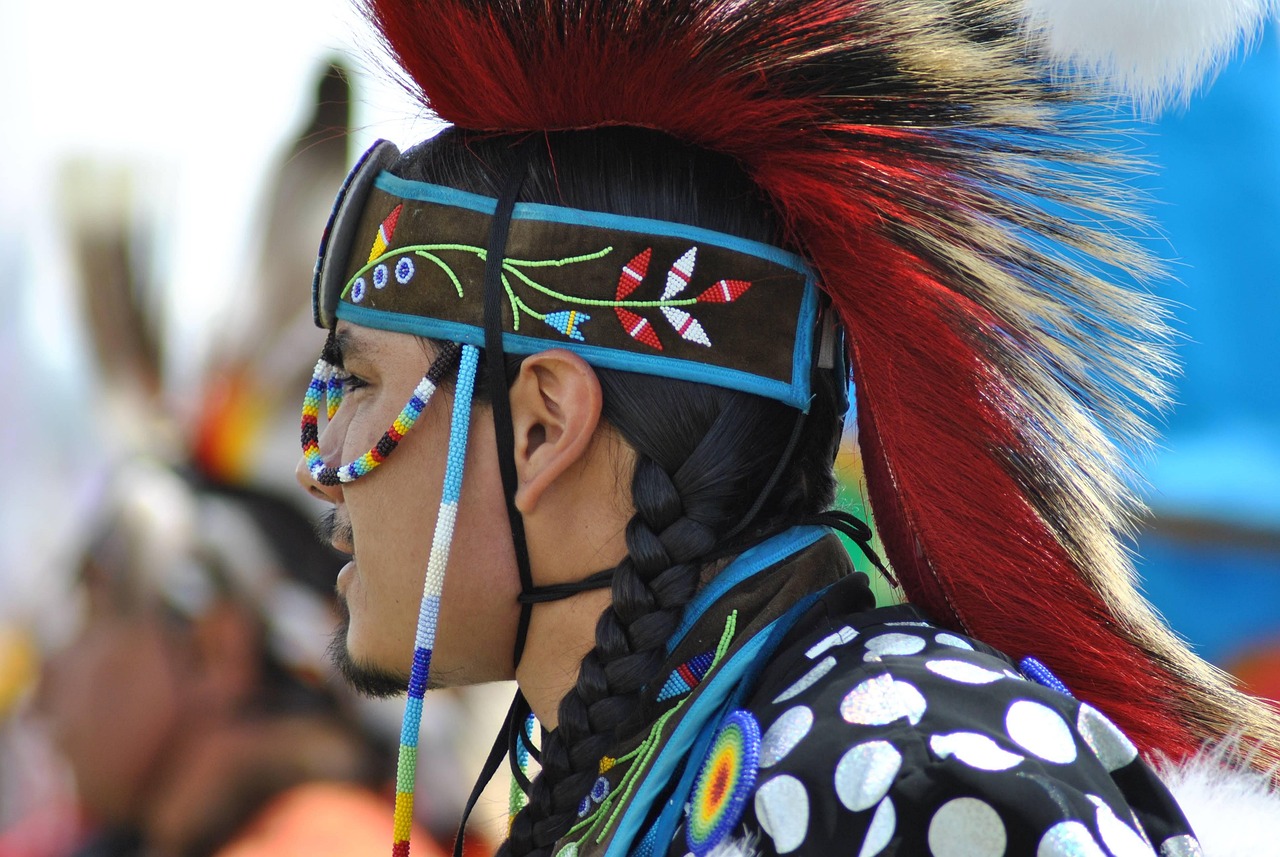How do people survive in one of the most hostile environments on Earth, at temperatures of -50°C? The survival strategies of the Inuit are the result of thousands of years of adaptation and ingenious innovation. Discover the remarkable knowledge that allows the indigenous peoples of the Arctic to thrive amid ice and snow.
More Than Survival: A Culture of Resilience
The traditional Inuit ways of life are based on deep respect for the environment and a unique understanding of Arctic ecosystems. This knowledge has been passed down and perfected through countless generations.
Ingenious Protective Clothing: From Animal Fur to High-Tech
Layered Fur Clothing: Nature’s Insulator
The traditional Inuit clothing is a masterpiece of adaptation that surpasses modern high-tech materials in many ways.
Layers and materials:
- Caribou fur: The lightest natural insulation with hollow hair fibers
- Seal skin: Waterproof and wind-resistant for outer layers
- Fox fur: Used as collars to protect the face from frost
- Double boots: Inner boots made of soft fur, outer boots from seal skin
The Science Behind Traditional Clothing
Every element of Inuit survival clothing follows physical principles:
- Air circulation: Loose layers trap insulating air
- Moisture management: Fur wicks sweat outward
- Wind protection: Tight openings prevent heat loss
- Freedom of movement: Special cuts for hunting and daily tasks
Housing: From the Igloo to Modern Settlements
The Igloo: The Temporary Snow House
The legendary Inuit igloo construction is not a permanent home, but a brilliant temporary shelter for hunting expeditions.
Principles of igloo construction:
- Spiral structure: Self-supporting dome without supports
- Thermal insulation: Snow acts as a natural insulator
- Wind resistance: Aerodynamic shape reduces erosion
- Interior temperature: Up to +16°C despite -40°C outside
Traditional Permanent Dwellings
For long-term living, Inuit used different types of structures depending on region and season.
Traditional Inuit housing forms:
- Qarmaq: Stone base with whale bone frame and fur covering
- Tupiq: Tents made from seal or walrus hide
- Winter stone houses: Partly dug into the ground
- Sod houses: Earth houses insulated with grass sod
Nutritional Strategies: The Arctic Diet
Traditional Hunting Methods
The traditional Inuit hunting practices require deep knowledge of animal behavior and the surrounding environment.
Hunting techniques and tools:
- Atanarjuat: Specialized seal hunting at breathing holes
- Kayak hunting: Silent approach to marine mammals
- Harpoons: Different designs for specific prey
- Trap systems: Passive hunting for small game
The Raw Food Diet: A Biological Adaptation
The traditional Inuit diet consists of 90–99% animal products, often eaten raw or fermented.
Key aspects of the Arctic diet:
- Vitamin C sources: Raw meat and seal liver
- Fermented food: Natural preservation without refrigeration
- High-fat diet: Essential for heat production
- Hydration: Fluids from blood and meat juices
Transportation and Navigation: Pathways Through the White Void
Traditional Means of Transport
The Inuit transportation techniques are perfectly adapted to snow and ice.
Proven transport methods:
- Qamutiik: Sled made from frozen hides and bones
- Qajaq (kayak): Lightweight, highly maneuverable boat
- Umiaq: Larger cargo boat for families
- Snowshoes: Different designs for various snow types
Navigation Without a Compass
The traditional Inuit navigation relies on natural phenomena as guides.
Methods of navigation:
- Wind directions: Consistent wind patterns as orientation
- Snowdrifts: Shapes indicate prevailing winds
- Star constellations: Arctic-specific celestial maps
- Sea ice structures: Pressure ridges and ice colors as markers
Social Structures and Community Life
Survival in the Arctic requires strong community cooperation among the Inuit.
Social survival strategies:
- Resource sharing: Generous distribution of hunting spoils
- Collective child-rearing: Shared responsibility within the community
- Knowledge transfer: Oral traditions and practical learning
- Conflict resolution: Traditional mediation mechanisms
Medical Knowledge: Healing Without a Pharmacy
The traditional Inuit healing knowledge includes effective treatments for Arctic health problems.
Traditional healing methods:
- Nutrition-based medicine: Specific animal organs used to treat diseases
- Herbal medicine: Limited but potent Arctic flora
- Spiritual healing: Shamanic practices for mental and physical balance
- First aid techniques: Treatment for frostbite and hypothermia
Modern Challenges and Adaptations
The Inuit in the modern world face new challenges caused by climate change and globalization.
Current developments:
- Climate change: Melting sea ice threatens traditional hunting grounds
- Modern technology: Snowmobiles and GPS complement traditional knowledge
- Cultural preservation: Reviving traditional practices and crafts
- Political autonomy: Self-governance within Inuit territories
What We Can Learn from the Inuit
The survival wisdom of the Inuit offers valuable lessons for sustainable living around the world.
Transferable principles:
- Resource efficiency: Nothing is wasted — every part of the animal or material is used
- Adaptability: Flexibility and resilience in the face of environmental change
- Community orientation: Strength through collective effort
- Environmental knowledge: Deep understanding of local ecosystems
Conclusion: Timeless Knowledge for Extreme Conditions
The survival strategies of the Inuit in the Arctic represent one of the most remarkable examples of human adaptation. This traditional knowledge of the indigenous Arctic peoples remains relevant not only for life in the far north, but also inspires sustainable approaches to global challenges.
From ingenious Inuit cold-resistance techniques to traditional Arctic nutrition, this heritage proves that human innovation can thrive even under the harshest conditions.
Looking for information about: Inuit survival techniques, traditional Arctic diet, igloo construction, Inuit hunting methods, indigenous cold-protection clothing, Arctic navigation, traditional snow houses, modern Inuit communities, survival skills inspired by indigenous peoples?

